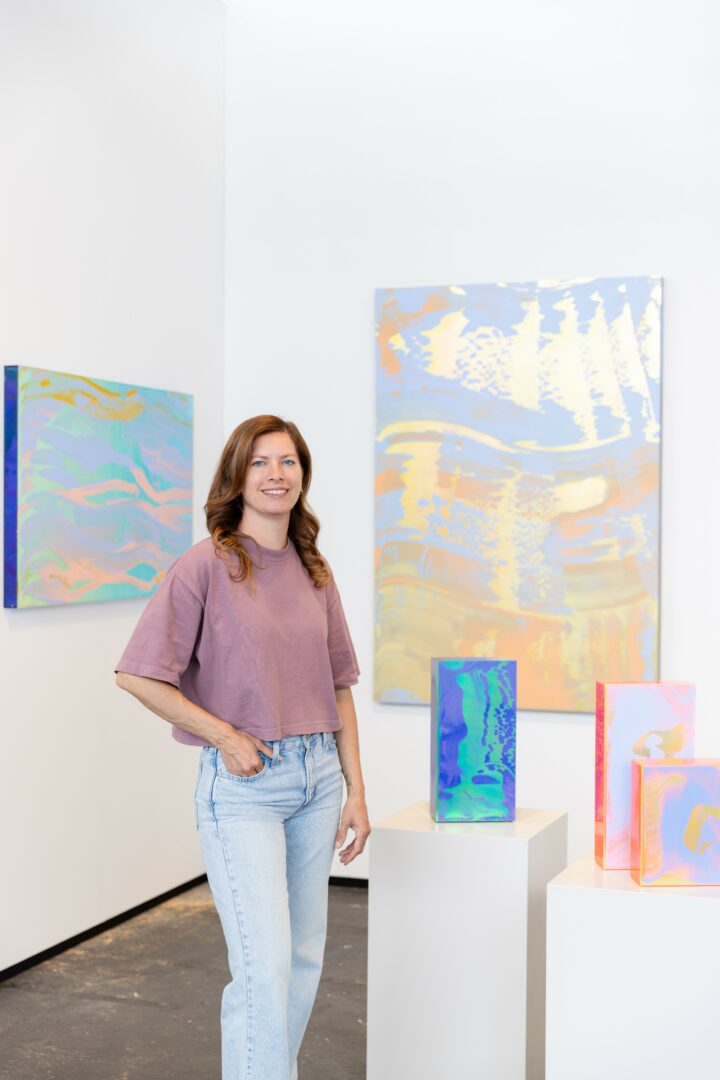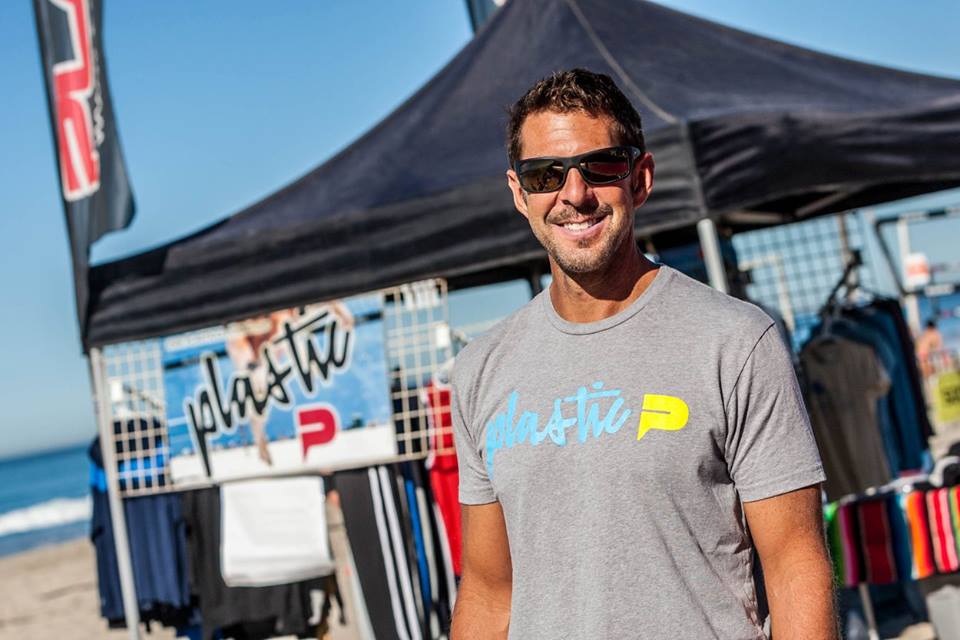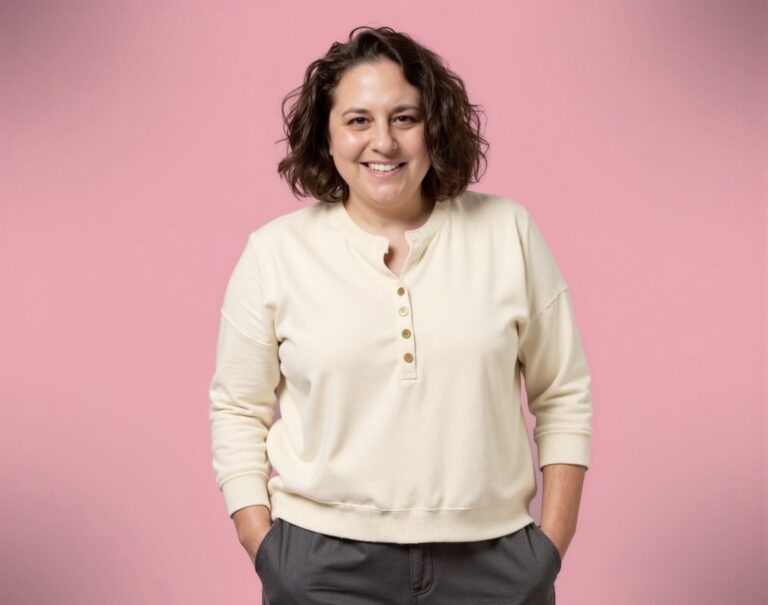We recently connected with Lisette Schumacher and have shared our conversation below.
Hi Lisette, so great to have you on the platform. There’s so much we want to ask you, but let’s start with the topic of self-care. Do you do anything for self-care and if so, do you think it’s had a meaningful impact on your effectiveness?
My self-care is keeping myself healthy and in balance both mentally and physically. I want and need to be in good shape in order to do my job. I start my day with a nutritious breakfast after which I go for a walk to catch some sunrays or off to the gym by bike. I know if I get active in the morning, my focus is much better throughout the day. At the studio I need to focus to make new works or do things like my administration, writing, photographing new works, photo editing, updating my wesbite, posting on social media, studio appointments, consultations, ordering materials etc. When I go straight to work after breakfast or have my work-out at night I tend to feel restless and discontented. I also need to be able to lift significant weight when I am moving my large paintings and sculptures around during the making process. Being strong and fit is a must, and the morning my favorite time to make the day a good one.
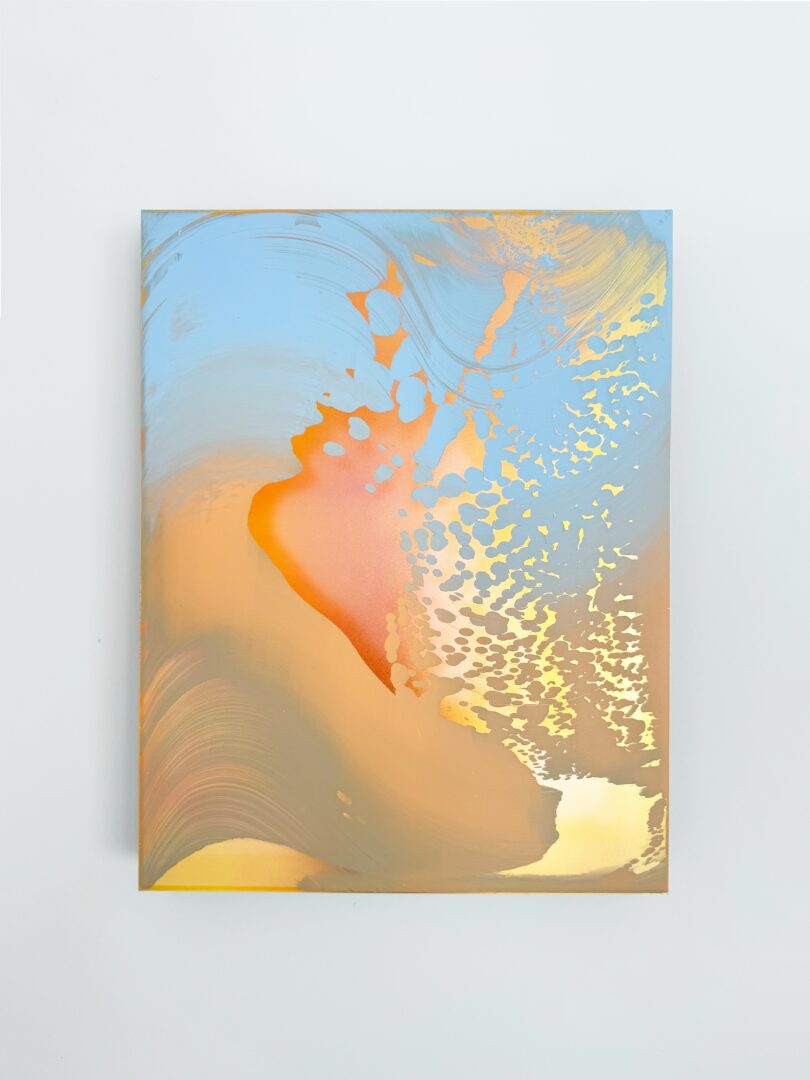
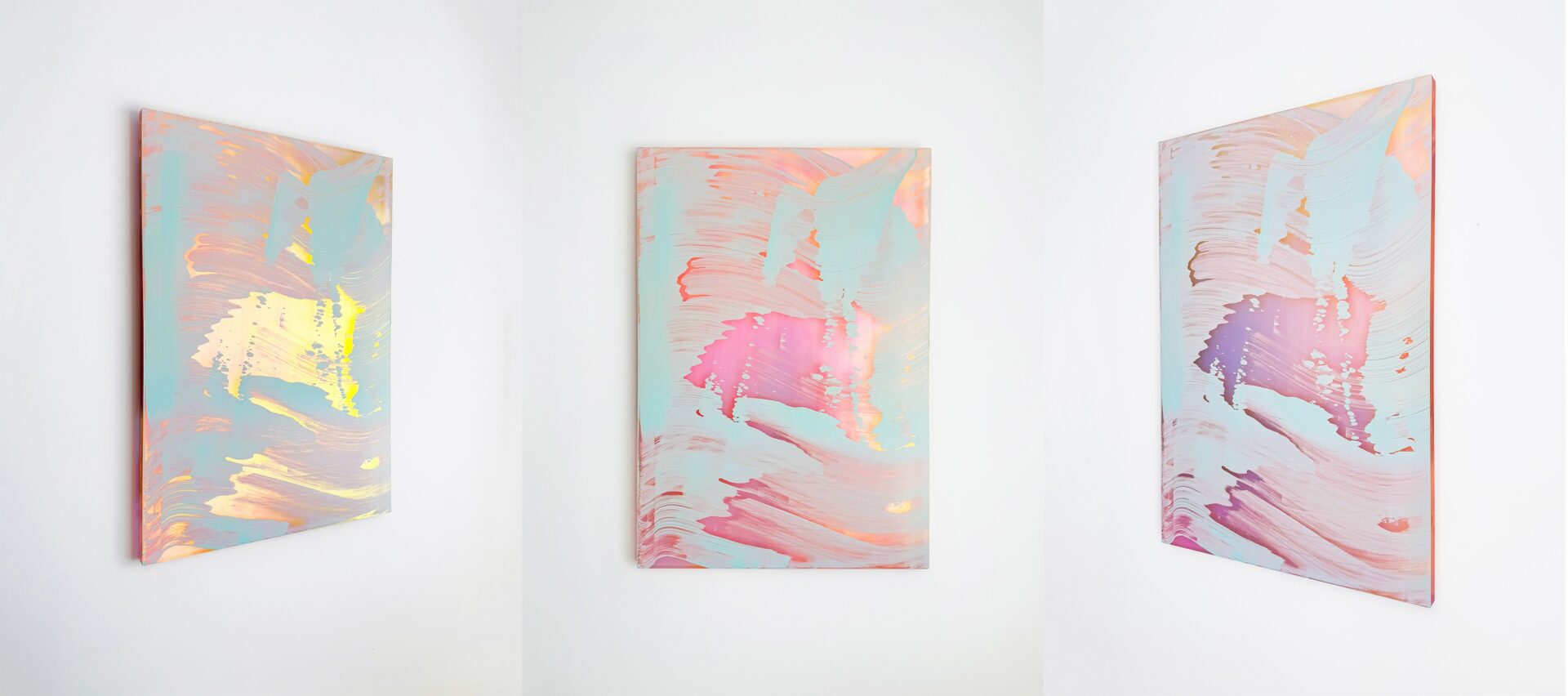
Thanks, so before we move on maybe you can share a bit more about yourself?
I am a visual artist inspired by modern architecture. In my artistic research I focus on two aspects; movement of light and the physical experience of space.
Light is essential to life, intangible and changing; inexhaustibly interesting for me to work with. The effect of light in a building can have a huge impact on your perception as a visitor. It enhances mood and character in the spaces. For example the church in Le Corbusier’s St Marie de la Tourette convent in France has a strong mystical character due to the use of indirect light coming from cleverly placed light locks. And Pierre Koenig’s Stahl House in the Hollywood Hills consists primarily of glass. Its open character connects inside with outside and makes you aware of all the changes in the house’s immediate surroundings. The house itself changes throughout the day with the light shifting and ultimately fading out.
Light has played an increasingly important role in my artworks over the years. First in a supportive way, as small reference spots of light in the series I made on Le Corbusier’s designs. In my current series, light plays an interactive role as it intertwines with my works. Reflections on the surface of my work change colour and intensity.
I travel to locations of my personal interest. Often a UNESCO World Heritage historic building. When I am on location, my senses are on alert. I walk, stand, sit and look at all the details I see in each room and area. I also capture these with photographs and film recordings. I use these materials as reference points. At sunset, the Stahl House transforms from open and full of reflections to closed and subdued. I use this observation in my paintings and sculptures by working with transparency and reflection and matching colour combinations to the location I have visited.
But the first thing that happens when I enter a space is the physical experience. Every place has an atmosphere, a character, shaped by the architect, but also by the (former) users or residents of the space. I capture that atmosphere by experiencing it, by being open to it. This personal and sometimes emotional experience always serves as a crucial foundation for the series I create afterwards.
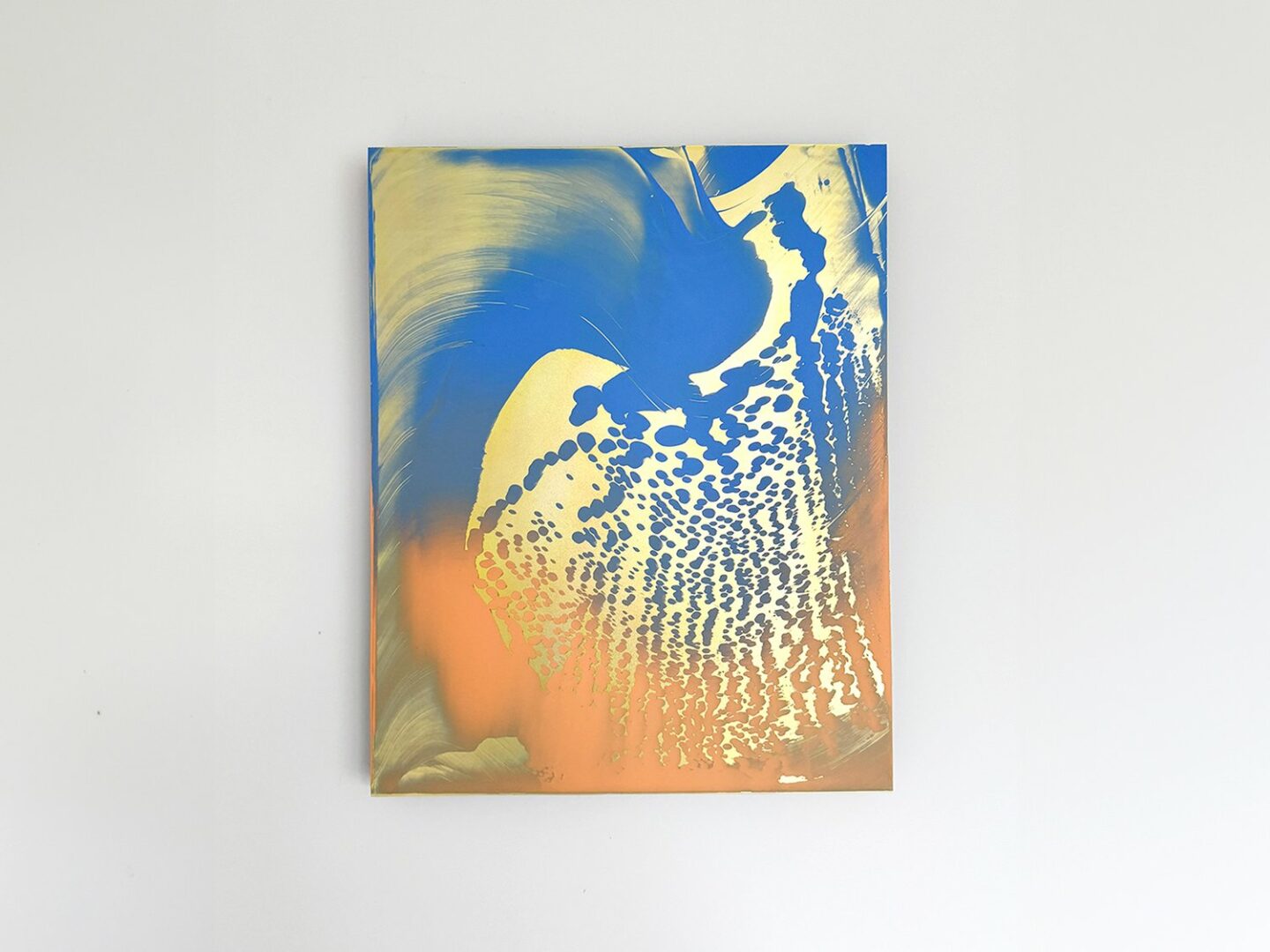
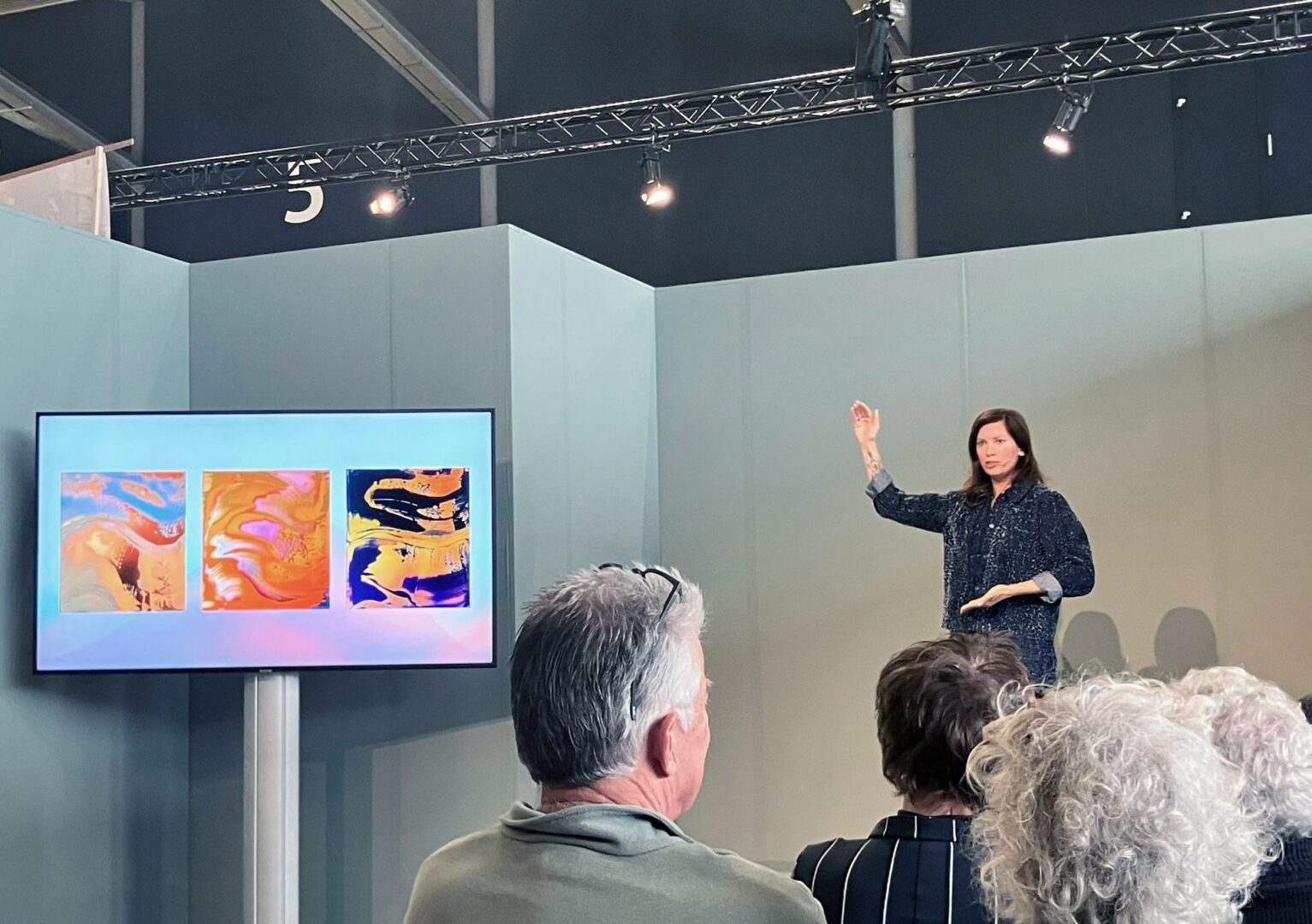
If you had to pick three qualities that are most important to develop, which three would you say matter most?
My tutor at art academy told my class to excel at graduation in order to be noticed by curators, art bloggers and gallerists. I was very serious about making a career as an artist so I did just that. I put in my all and succeeded to partner with two galleries and land numerous exhibitions after graduating. That kick-start boosted me and helped me feel confident as a fresh out of school artist. Fast forward eleven years on. I am still very driven to keep my art career up to speed and aiming to expand it.
To my opinion a very important skill is to be able to talk about your art and artistic research. Before graduating I was nervous about not being able to tell my whole story because of my nerves expecting to take over during the exam. I took a daycourse to develop my presentation skills and to overcome my fear. During my exam I was able to tell the jury about my graduation series without being overwhelmed by nerves. This year I gave a 45 minute lecture about my artistic research at an artfair to a seasoned and critical audience. I was very nervous beforehand but with thorough preparations it worked out really well and I actually enjoyed it and got a lot of positive reactions from the audience!
As a piece of advice I would like to say this. Prepare yourself to be able give a one minute pitch for whenever you meet a person of interest. Be aware of whether or not it is an appropriate moment to approach the person of your interest. It is very important to know how to read one’s body language. The past couple of years I have encountered people of interest a few times and always had my pitch ready in the back of my head. A memorable one was when I was selected for a newspaper article. I learnt about this on the spot and got one minute to tell a very well known art journalist about the art installation I was presenting. He wrote a beautiful paragraph about my installation in a well-read newspaper.
As an autonomous artist I am used to making my own decisions about everything. But despite that, I always find it useful to chat with someone about new ideas or sketches. Especially when it is about something I have never done technically. Two know more than one! I have learnt to stay open to feedback and to ask for advice when I need it. There are some many people who can lend a hand or take a fresh look. Always good to have a sounding board at hand.
I find it helpful to take a step back from making artworks from time to time. My art benefits greatly from breaks. New solutions and ideas emerge naturally when I give it some time. I go to the library to read on my topic, visit museums, take daytrips and do other stuff but I won’t touch my paint tools. When clarity comes I always find it easy to get back into the rhythm of painting.
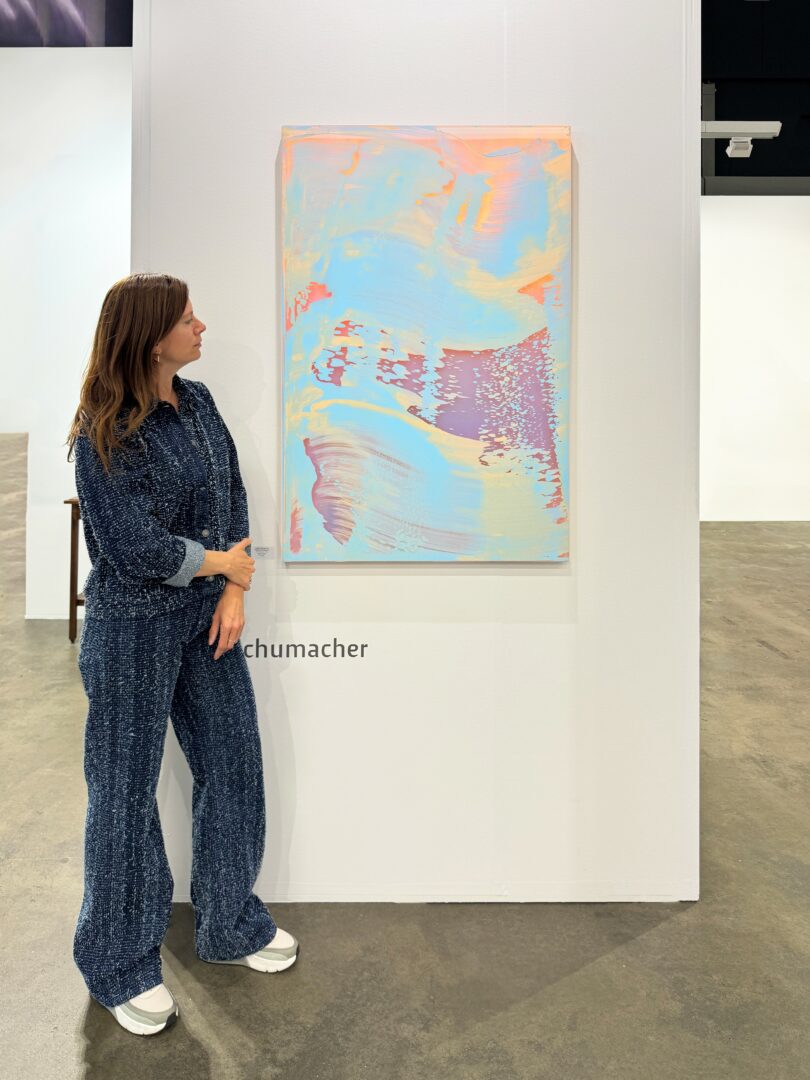
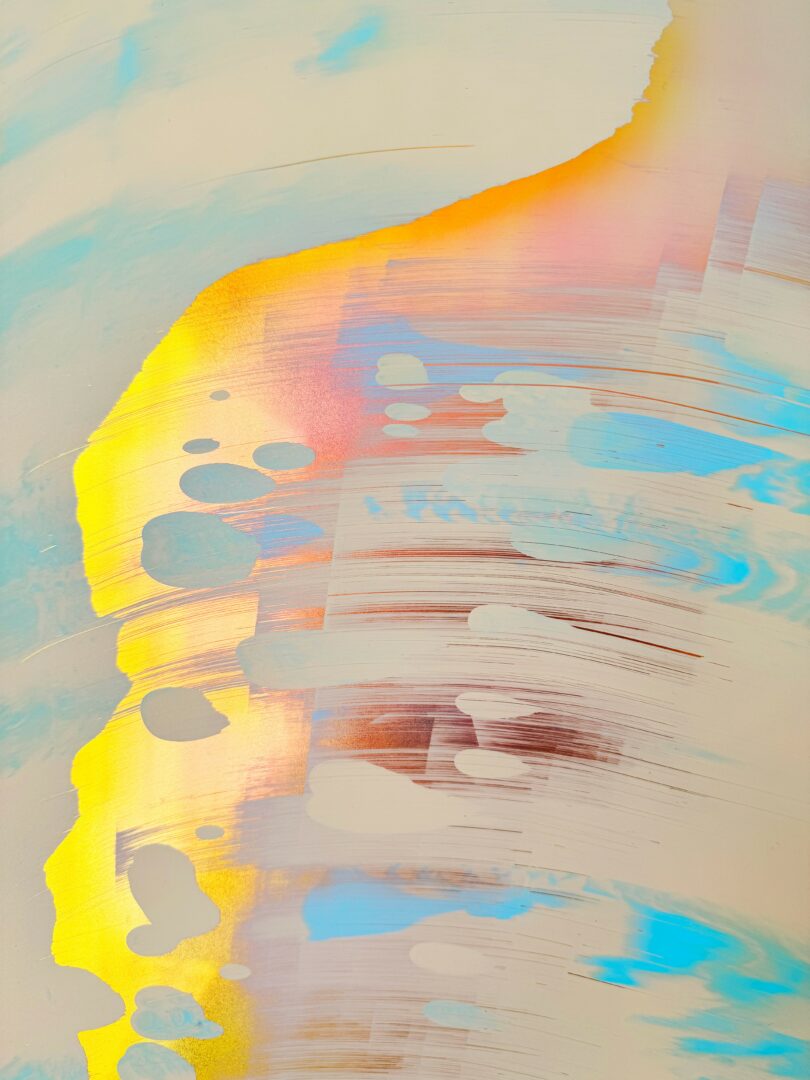
One of our goals is to help like-minded folks with similar goals connect and so before we go we want to ask if you are looking to partner or collab with others – and if so, what would make the ideal collaborator or partner?
I am dreaming of collaborations to incorporate my ideas and designs on large-scale and permanent in public space. In the future I would like to collaborate with an architect to create a facade design with colored glass panels with a graphic design. I would also like to develop a project with a social design agency. If you read this and want to collaborate with me you can reach out through my Linkedin or the contact sheet on my website.
Contact Info:
- Website: https://www.lisetteschumacher.com
- Instagram: https://www.instagram.com/lisetteschumacher/
- Linkedin: https://www.linkedin.com/in/lisette-schumacher-9b23401b0/
- Other: https://vimeo.com/880667713
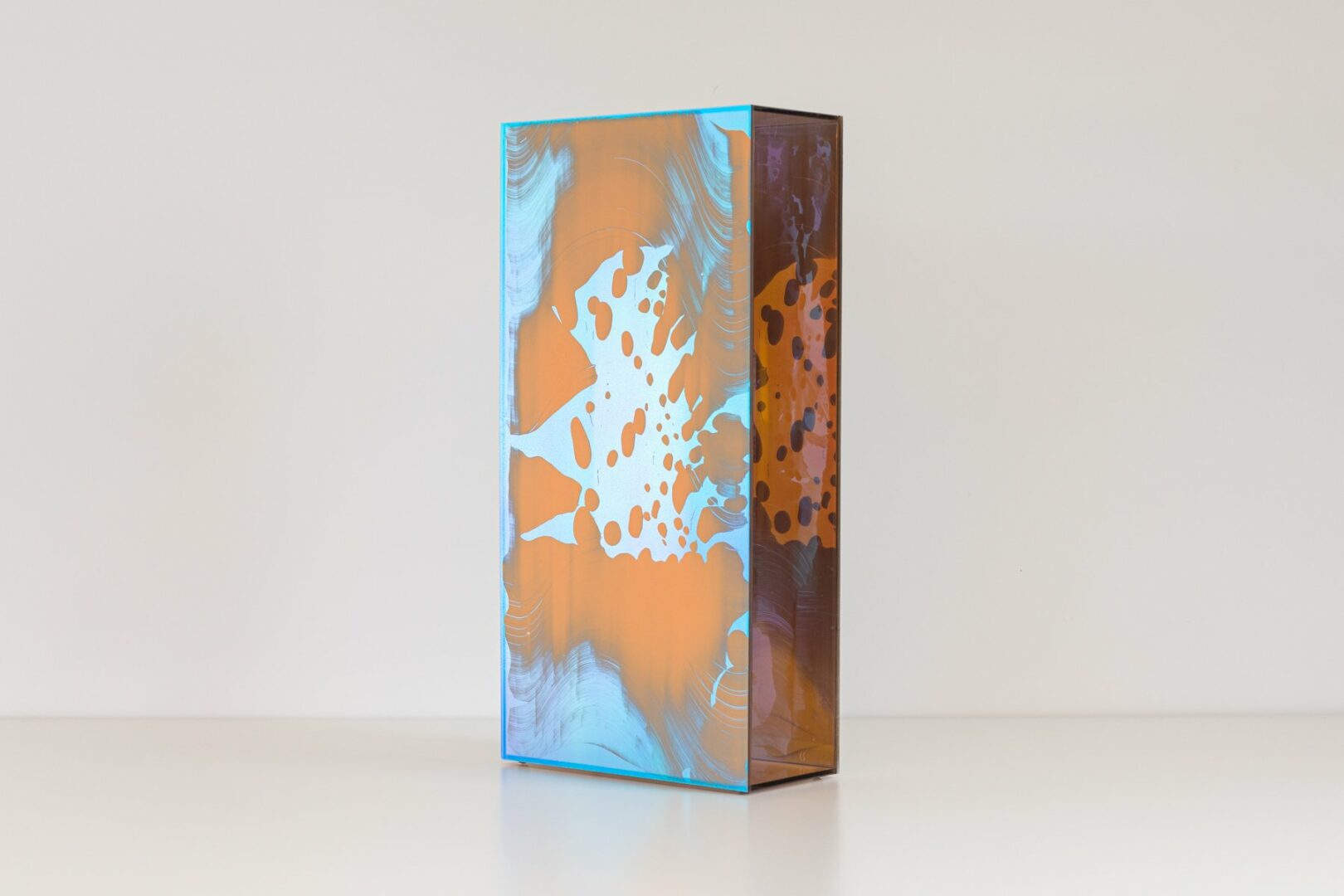
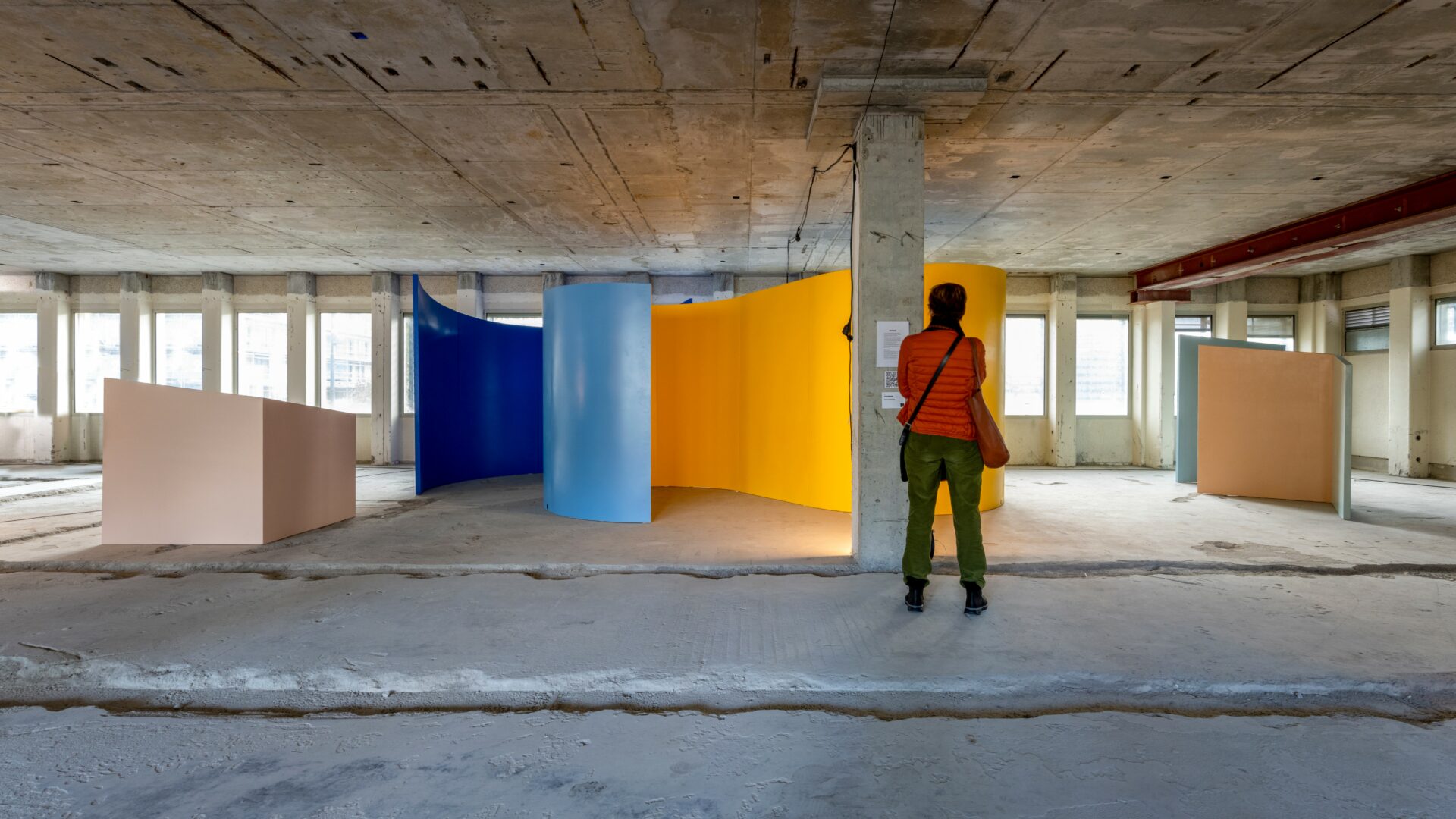
Image Credits
portrait image: Jacqueline Fuijkschot
installation image: Heroshots
so if you or someone you know deserves recognition please let us know here.

